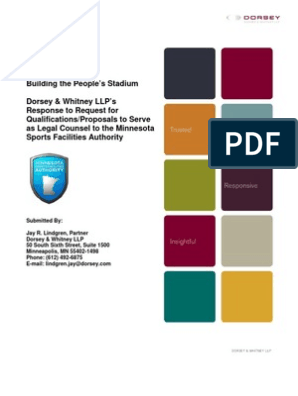0% found this document useful (1 vote)
125 views3 pagesThe ADVENT Season:: When and How Long Is Advent?
The document provides an overview of the Advent season in Christianity, including:
- Advent is the four-week liturgical season before Christmas that prepares for Jesus' birth through symbols like the Advent wreath and traditions.
- It usually begins four Sundays before December 25th and ends on Christmas Eve, though the exact dates vary year to year.
- The season emphasizes hope, preparation, and increasing light as more candles on the Advent wreath are lit each week leading up to Christmas.
- Liturgical readings on Sundays and weekdays tell stories and prophecies around Jesus' promised coming and John the Baptist's role in preparing for him.
Uploaded by
Jay MinCopyright
© © All Rights Reserved
We take content rights seriously. If you suspect this is your content, claim it here.
Available Formats
Download as DOCX, PDF, TXT or read online on Scribd
0% found this document useful (1 vote)
125 views3 pagesThe ADVENT Season:: When and How Long Is Advent?
The document provides an overview of the Advent season in Christianity, including:
- Advent is the four-week liturgical season before Christmas that prepares for Jesus' birth through symbols like the Advent wreath and traditions.
- It usually begins four Sundays before December 25th and ends on Christmas Eve, though the exact dates vary year to year.
- The season emphasizes hope, preparation, and increasing light as more candles on the Advent wreath are lit each week leading up to Christmas.
- Liturgical readings on Sundays and weekdays tell stories and prophecies around Jesus' promised coming and John the Baptist's role in preparing for him.
Uploaded by
Jay MinCopyright
© © All Rights Reserved
We take content rights seriously. If you suspect this is your content, claim it here.
Available Formats
Download as DOCX, PDF, TXT or read online on Scribd
/ 3



































































































